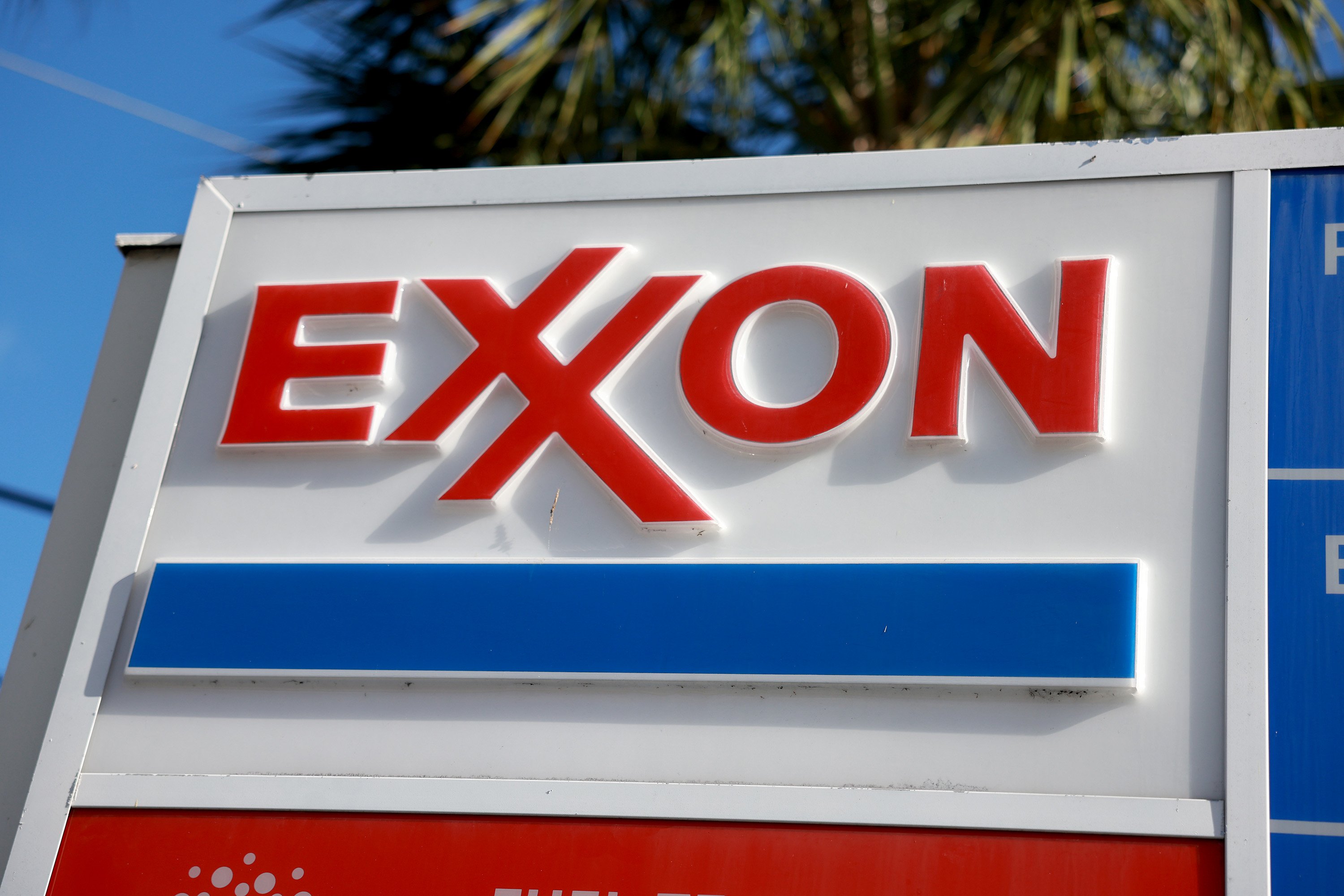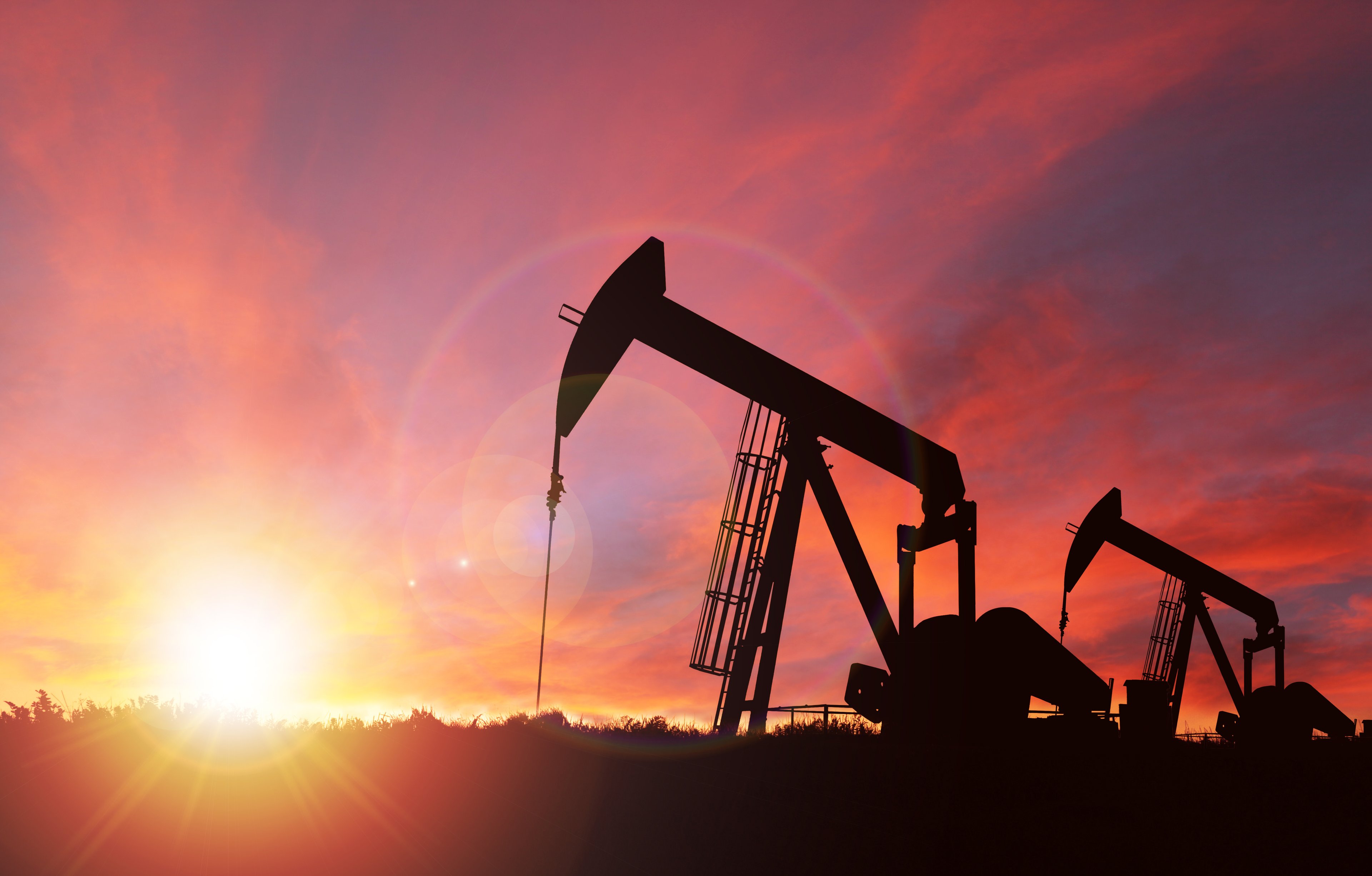Companies that pay a stable dividend can make solid investments. Historically, they've produced higher total returns with less volatility than companies that don't pay dividends. However, the highest total returns have come from companies that regularly increase their dividends.
Few companies can match ExxonMobil's (XOM 0.61%) dividend growth track record. The oil giant has increased its payout for 42 straight years, a claim only 4% of S&P 500 members can make.
I fully expect the oil giant to continue increasing its dividend every year through at least 2030 despite oil market volatility and a steady shift toward cleaner fuel sources. Here's what fuels that prediction.

Image source: Getty Images.
Built for any market environment
ExxonMobil has built one of the most profitable companies in the oil patch. Last year, the oil giant generated $34 billion in earnings and $55 billion in cash flow from operations. That was its third best year in a decade, even though oil prices were around their 10-year average.
The company's strategy has been to invest heavily in its advantaged assets -- those with the lowest cost and highest margin -- while also working to strip out structural costs. Exxon is growing its production from places such as the Permian Basin and offshore Guyana, which is steadily lowering its cost of supply and boosting its margins. It has also achieved a cumulative $12.7 billion of structural cost savings since 2019. That's more than the reported cost savings of all other international oil companies combined. This combination of growing its most profitable operations and reducing costs has helped expand the company's earnings capacity.
Exxon also has the strongest balance sheet in the oil patch. It ended the first quarter with an industry-leading leverage ratio of only 7% net debt to capital. The company has the highest credit rating in the industry and an $18.7 billion cash cushion.
Exxon's low costs and fortress balance sheet put its dividend on a rock-solid foundation.

NYSE: XOM
Key Data Points
Robust growth through 2030
The oil giant updated its long-term corporate plan last year, extending it through 2030. Its 2030 plan would see the oil giant deliver a growth potential of $20 billion in earnings and $30 billion in cash flow over the next five years compared with last year's baseline.
Exxon's 2030 plan follows its successful blueprint from the past several years. It intends to invest heavily in growing its advantaged assets. It plans to deploy a cumulative $140 billion of capital into major projects, including up to $30 billion of lower carbon energy opportunities, and its Permian Basin development program over the next five years. The company expects this capital to produce returns in excess of 30% during the life of the investments.
On top of that, the company expects to continue streamlining its operations and reducing structural costs. It's targeting to reach $18 billion in total structural cost savings compared with 2019's baseline by 2030.
The combination of earnings growth and cost savings positions Exxon to generate a mountain of excess free cash flow over the coming years. It could produce a cumulative of $165 billion of excess free cash flow in the 2025-to-2030 time frame after funding its capital spending and current annual dividend level, assuming oil averages $65 per barrel. For context, oil is currently over $75 per barrel.
Exxon can return this surplus to shareholders through dividend increases and share repurchases. Assuming reasonable market conditions, it aims to buy back $20 billion of its stock this year and another $20 billion in 2026. The oil giant has also been growing its dividend at a 6% compound annual rate over the decades, a rate it could continue over the next five years.
Exxon's dividend will keep growing
Given Exxon's combination of financial strength, visible earnings growth, and dividend history, it seems highly probable that the oil giant will continue raising its payout. I expect it will give investors raises every year through at least 2030. With its payout currently yielding 3.5%, more than double the S&P 500, it's a great dividend stock to buy and hold for the next five years.





